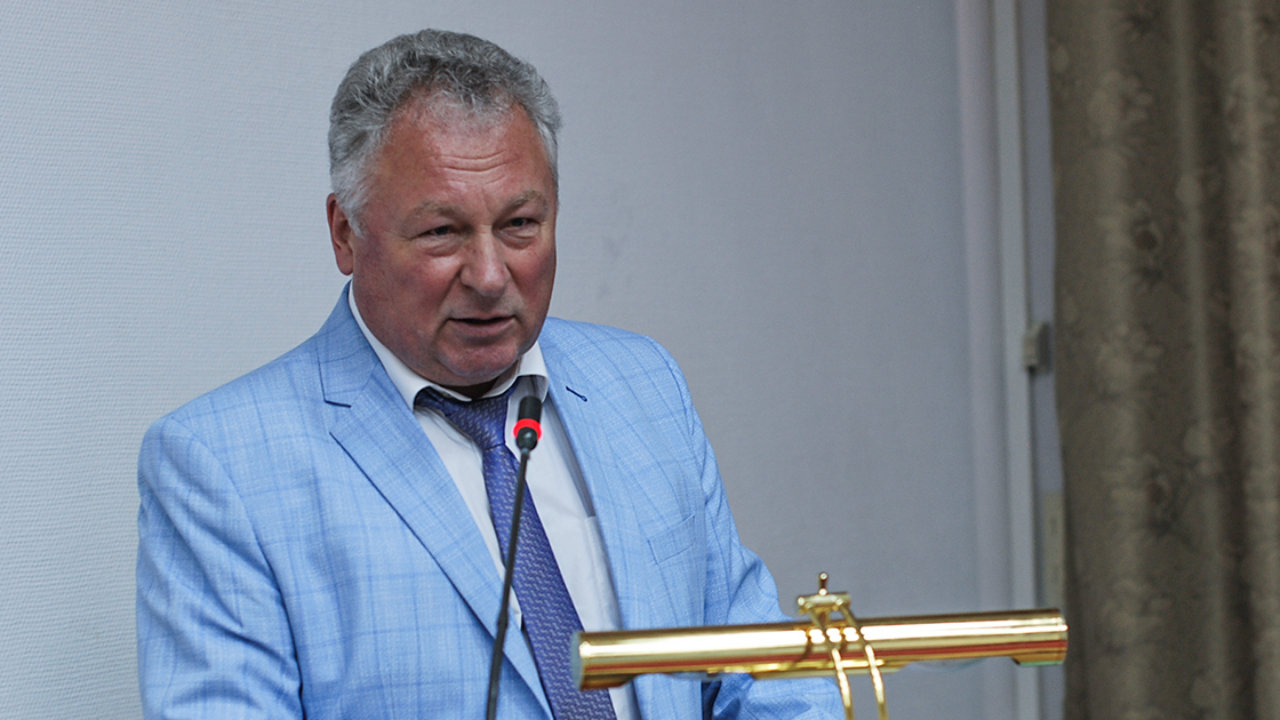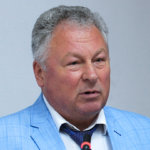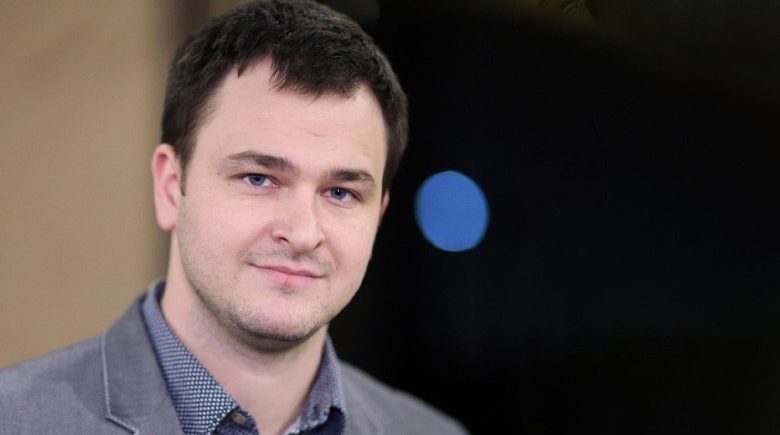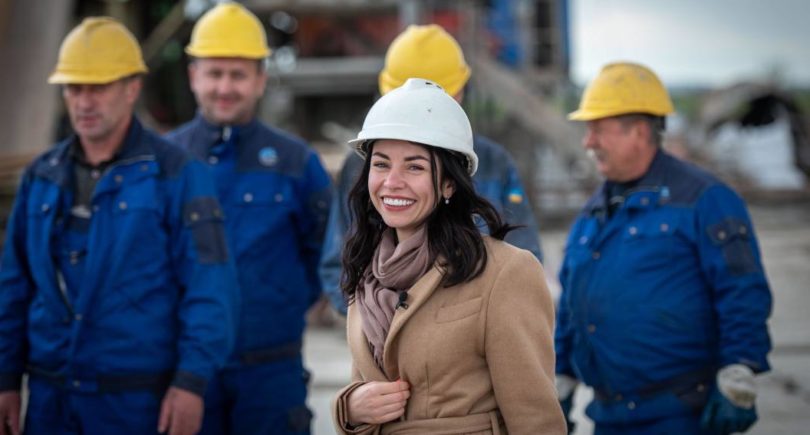
Opinions Industry production 702 18 February 2025
Today, the main consumers are the defense industry, railway and agricultural engineering
Starting in 2022, Ukraine’s foundries were able to partially restructure their operations and began to gradually increase production volumes. Today, the industry’s main key consumers are the defence industry, railway and agricultural machinery. The industry’s challenges include low utilisation, bureaucracy on the part of customers and high energy prices.
Current situation in the industry
I can say that 2023 was more challenging than 2024 in terms of ensuring the operation of enterprises. Last year, foundries almost did not experience such large-scale power outages as in 2023.
As expected, production volumes increased slightly in 2024, by around 25-30%. The total production of castings was approximately 350-400 thousand tonnes. We will know a more accurate figure in March. It is also important that the product range is expanding. Due to logistical problems, last year’s exports remained at the level of 2023.
The industry’s companies are currently operating at 10-40% of their capacity. Companies that produce small (small-tonnage) castings have higher utilisation, while those that produce large (dimensional and large-tonnage) castings have very low utilisation. This is due to the specifics of demand and the lack of orders from the metallurgical and machine-building sectors. Thus, companies that produce medium- and large-capacity castings are unable to expand their production because their customers are located in the war zone or their products are intended for infrastructure in the frontline regions. In such circumstances, no one is ready to invest serious money in upgrading equipment and expanding the product range.
Today, the main consumers of foundry products are the defence industry, railway and agricultural machinery. It is clear that in the current environment, the key business area is to supply products to defence industry orders, which was the reason for the increase in production last year.
Industry challenges
In 2022-2023, bureaucracy made it difficult to work with orders from the Ministry of Defence, but it is worth noting that last year there was less bureaucracy in our industry.
Now our industry expects energy costs to rise. We also need to understand what the government will do next, what are the plans for the country’s post-war recovery. We need to prepare for this in advance.
Expectations for 2025
We want and have the capacity to produce 500-600 thousand tonnes of castings per year. This means that we can produce much more products. It is all about demand and interest from defence customers and the resumption of the machine-building sector. Moreover, we understand that the Ministry of Defence needs a lot of castings, but for some reason they often prefer imports to utilising their own capacities.
The post-war reconstruction of our infrastructure will require a lot of castings, which will lead to an increase in production volumes. Other areas of increased demand will be the restoration of roads, machine building, including agricultural, railway, energy and other sectors. We should not wait for our partners to help us rebuild our infrastructure.






